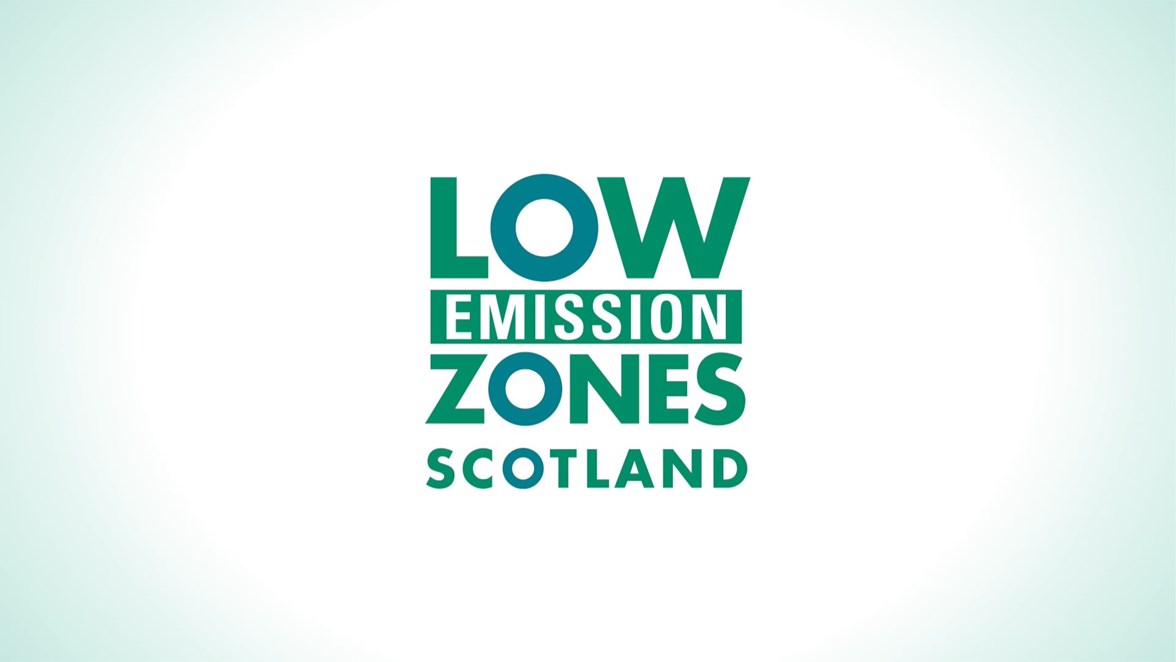New indicative timeline for introducing Scotland’s Low Emission Zones

Low Emission Zones (LEZs) to improve air quality are to be introduced across Glasgow, Edinburgh, Dundee and Aberdeen between February 2022 and May 2022.
Having considered the earliest possible opportunity to introduce the public health initiatives – the LEZ Leadership Group, which includes Transport Secretary Michael Matheson, Climate Change Secretary Roseanna Cunningham and representatives from Glasgow City Council, The City of Edinburgh Council, Dundee City Council, Aberdeen City Council, Public Health Scotland and SEPA – have agreed an indicative timeframe to introduce LEZs across Scotland’s four largest cities.
Plans to implement LEZs had been paused temporarily due to the COVID-19 outbreak but work has now restarted. This new indicative timeframe takes account of various legislative and regulatory steps which need to be taken by the Scottish Government and local authorities prior to the introduction of LEZs.
Due to the unprecedented impact of the COVID-19 outbreak, both now and in the future, it is not a finalised timetable for introduction. It is a commitment by all partners to work as quickly as they can to introduce LEZs at the earliest juncture.
Cabinet Secretary for Transport, Infrastructure and Connectivity Michael Matheson said:
“The Scottish Government and members of the Low Emission Zone Leadership Group are committed to introducing LEZs across Scotland’s four biggest cities as quickly as possible.
“LEZs are key to improving air quality, protecting public health and supporting Scotland’s wider climate change ambitions by encouraging more sustainable transport options.
“With the indicative timeline now established, planning continues at a local authority level and the Scottish Government will continue to develop the required regulations as well as providing funding to help people and businesses prepare.”
Local authorities will continue to explore grace periods following introduction and will balance the needs of businesses and residents with the urgent requirement to tackle pockets of poor air quality in our biggest cities. Glasgow has already introduced the first LEZ which applies to buses only at this time.
For the latest information visit: www.lowemissionzones.scot
BACKGROUND
The indicative timeline has considered the earliest period in which LEZs could be realistically introduced using the powers of the Transport (Scotland) Act. The period between February and May accounts for potential impacts on the Parliamentary timetable (and associated Council Committee timetabling) arising from the COVID-19 outbreak.
Development of the regulations and guidance will confirm the steps to be taken to introduce LEZs (such as examination processes which could have an impact on the final timeframes for introduction).
Whilst the introduction date for LEZ grace periods to begin has been adjusted, LEZ enforcement across various vehicle types is still on track to come into play in the early 2020s, depending on the local authority’s decisions on grace periods.
The movement of formal introduction may impact local decisions around implementation and grace periods, which may be between 1 and 4 years as decided by the local authority.
The preparation of Scotland’s Low Emission Zones is already generating tangible air quality improvements by reducing harmful transport emissions.
£8.85 million for the Bus Emission Abatement Retrofit Fund (BEAR) is being made available in 2020/21, with improved rates compared to previous funding rounds, to support the Scottish Government’s commitment to introduce Low Emission Zones into Scotland’s four biggest cities.
The LEZ Support Fund made available targeted grant funding of £1.09 million for taxis, heavy goods vehicles, and micro-businesses. Depending on uptake, funding is anticipated to increase every year until 2021/22, with figures confirmed through the normal spending review process.
£4.5 million was made available through the Public Transport Provision Fund in 2019/20, to local authorities and regional transport partnerships in order to establish LEZ related projects in their areas. In addition, we provided half a million pounds to local authorities to progress their LEZ designs.